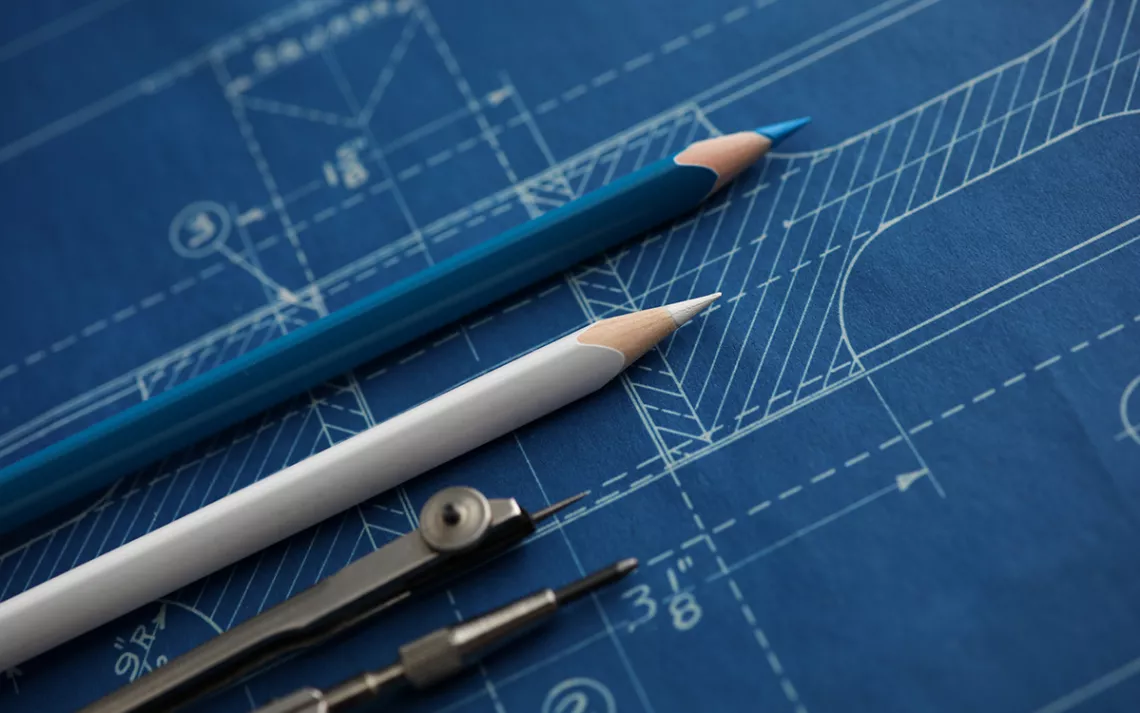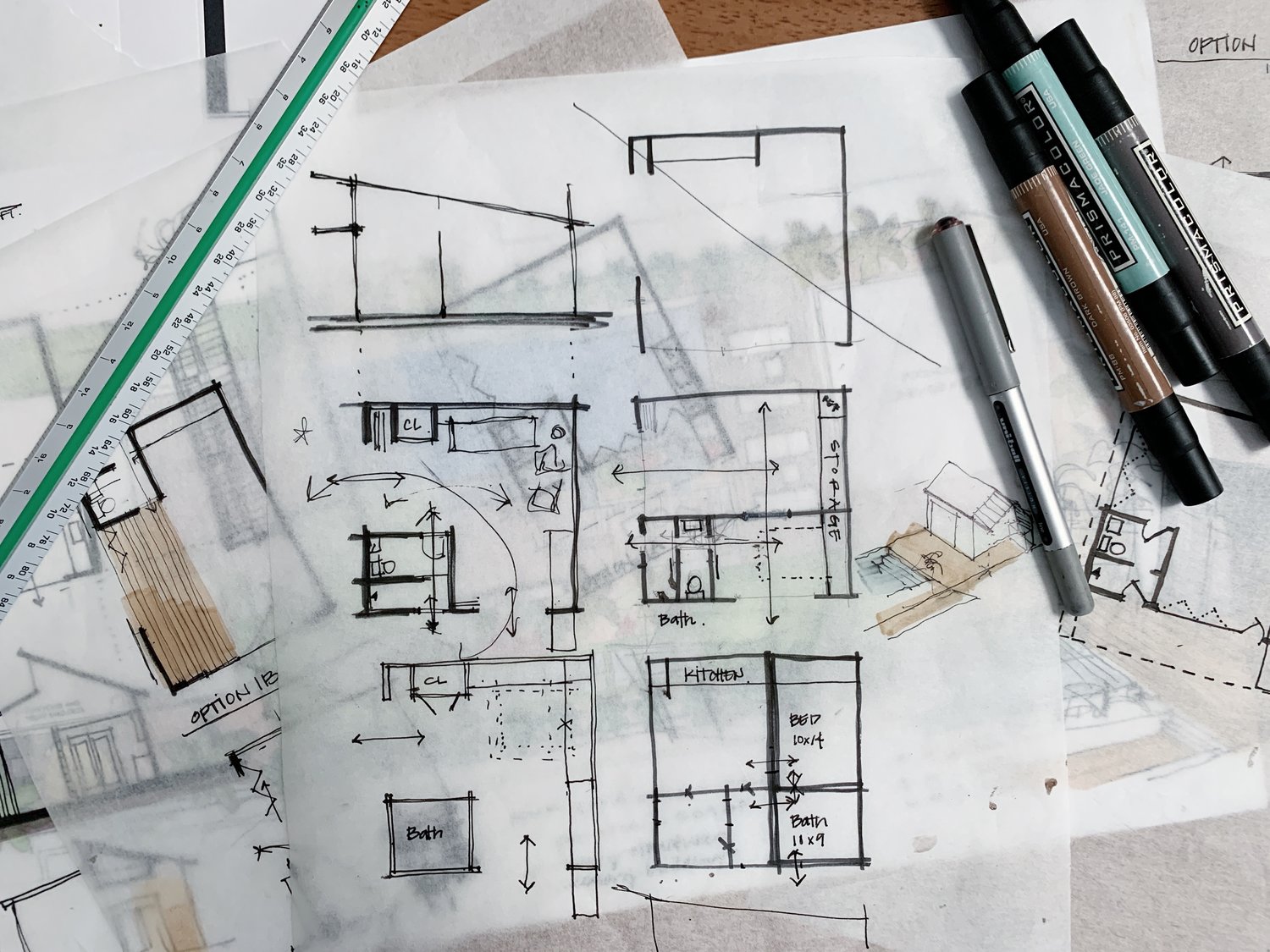Architect Guide to Eco-Friendly Building Materials
Architect Guide to Eco-Friendly Building Materials
Blog Article
Understanding the Diverse Career Paths Available for Aspiring Architect
As an aspiring Architect, you have a world of occupation courses waiting for you. Whether you're attracted to typical style or the nuances of lasting design, there's a particular niche that lines up with your interests.
Traditional Architecture: Designing Buildings and Structures
Traditional architecture focuses on designing structures and structures that mix performance with aesthetic allure. As you explore this area, you'll value the complex equilibrium in between type and objective. You'll find out to attract motivation from historical styles, including components like proportion, products, and workmanship. Your styles can reflect cultural heritage, showcasing regional customs while fulfilling modern-day needs.
You'll establish abilities in composing, model-making, and site analysis, allowing you to visualize and communicate your concepts successfully. Engaging with customers, you'll require to recognize their vision and convert it right into possible styles.
Furthermore, developing codes and sustainability methods are necessary in your job, guaranteeing your structures are eco pleasant and risk-free. As you grow in your profession, you'll locate possibilities in household, commercial, and even remediation projects, each offering unique difficulties. Accepting conventional style paves the means for a satisfying occupation that pays tribute to the past while forming the future.
Urban Planning: Forming Areas and Public Spaces
As a hopeful Architect, you can play a crucial function as a metropolitan coordinator, transforming exactly how areas connect and work. By employing community involvement strategies, you'll ensure that locals have a voice fit their setting. And also, integrating lasting style principles will certainly aid develop rooms that not only meet today's demands yet also shield the future.
Role of Urban Planners
While lots of could consider designers as the sole enthusiasts behind buildings, metropolitan coordinators play a necessary duty fit the more comprehensive landscape of communities and public rooms. They examine land use, zoning laws, and community requires to produce lasting environments that enhance lifestyle. By collaborating with numerous stakeholders, you'll aid develop parks, transportation systems, and suburbs that advertise social communication and accessibility. Urban planners also concentrate on ecological factors to consider, making certain that growths incorporate eco-friendly spaces and assistance biodiversity. Your knowledge in spatial style and area dynamics allows you to visualize future growth while maintaining cultural heritage. In this vital function, you'll directly affect exactly how people experience their environments, making every project a possibility for favorable adjustment.
Community Engagement Techniques
Effective neighborhood engagement techniques are vital for metropolitan coordinators to assure that the voices of locals are listened to and valued in the planning process. To cultivate purposeful discussion, you must focus on open online forums and workshops where community participants can reveal their ideas and worries. By actively integrating and listening feedback, you'll develop rooms that mirror the neighborhood's needs, inevitably leading to more successful and lasting metropolitan settings.
Lasting Design Principles
When creating urban rooms, integrating lasting style concepts is crucial for developing settings that flourish both ecologically and socially. Consider incorporating environment-friendly rooms, like parks and yards, to improve biodiversity and improve air quality.
Designing with water preservation in mind is likewise vital-- consider rain gardens and permeable surfaces to manage stormwater. Entailing community participants throughout the planning procedure assurances that the rooms you develop meet their requirements and motivate social communication. By embracing these principles, you'll contribute to lively, lasting metropolitan landscapes that profit everybody.

Landscape Style: Creating Sustainable Outside Atmospheres
As you check out landscape style, you'll discover important layout concepts that create lovely and practical exterior rooms. Sustainable practices play a vital function in ensuring these atmospheres prosper while minimizing environmental effect. Plus, you'll locate a selection of career chances that enable you to make a genuine distinction in exactly how people connect with nature.
Style Principles in Landscape
Recognizing design concepts in landscape style is essential for developing lasting outside environments that harmonize with nature. You'll need to ponder aspects like percentage, range, and balance to ensure your styles really feel cohesive and welcoming. Furthermore, pay interest to seasonal modifications, creating with products that match the surroundings year-round.
Sustainable Practices Introduction
Lasting methods in landscape design not only concentrate on aesthetics yet also prioritize eco-friendly health and resource preservation. By integrating indigenous plants, you enhance biodiversity and lower the need for chemical plant foods and chemicals. Implementing reliable irrigation systems helps conserve water and reduces overflow, safeguarding close-by ecological communities. You can create rooms that advertise soil health, such as utilizing natural materials and practicing permaculture principles. In addition, integrating environment-friendly infrastructure, like rainfall yards and porous pavements, aids in stormwater administration and decreases urban heat. When you produce exterior settings with sustainability in mind, you add to a healthier world and provide rooms that promote neighborhood connection. Eventually, these techniques assure your designs benefit both people and the setting for many years ahead.
Profession Opportunities Exploration
With a strong structure in lasting methods, landscape design supplies a variety of job courses that permit you to make a meaningful effect on the atmosphere. You can function as a landscape developer, creating aesthetically pleasing and functional outside spaces, or specialize in eco-friendly repair, assisting to revive damaged ecosystems. Urban organizers usually collaborate with landscape engineers to develop environment-friendly areas in urban setups, improving city livability. If you're passionate regarding education, consider coming to be a landscape style teacher, inspiring future generations. Additionally, you might collaborate with nonprofits concentrated on environmental sustainability or involve in study to introduce new techniques. Each course not only shapes attractive atmospheres however also promotes a much healthier planet for future generations.
Sustainable Style: Concentrating on Eco-Friendly Practices
As you discover your job in style, embracing environmentally friendly techniques can set you apart in an affordable field. Sustainable layout focuses on producing structures that reduce ecological influence while boosting resident wellness. By incorporating sustainable products, energy-efficient systems, and sustainable structure strategies, you'll contribute to a greener future.
Start by gaining understanding of eco-friendly qualifications like LEED or BREEAM, which can reinforce your credentials. Consider how all-natural light, ventilation, and thermal effectiveness can optimize layout. Collaborate with engineers and environmental professionals to innovate solutions that decrease waste and preserve resources.
Do not forget the relevance of neighborhood involvement-- interesting regional stakeholders can influence styles that integrate with the atmosphere. As customers significantly focus on sustainability, your experience in environmentally friendly methods will certainly not just attract tasks but likewise satisfy your passion for accountable style. Welcome this critical aspect of the profession, and view your career thrive.
Historical Conservation: Safeguarding and Bring Back Social Heritage
While you commence on your building trip, think about the vital role of historic conservation in preserving our cultural heritage. This area concentrates on the security and repair of considerable structures, sites, and frameworks that inform the tales of click now our past. By engaging in historic preservation, you'll assist protect the building tradition that forms community identity.
As a historical preservation Architect, you'll evaluate historical importance and evaluate the condition of structures. You'll work very closely with historians and preservationists to ensure authentic repair strategies are employed. This career path permits you to mix imagination with research study, enabling you to develop remedies that value initial materials and workmanship.
Your job not only contributes to sustainability by reusing existing buildings yet likewise fosters a sense of satisfaction within communities. Embracing this path will certainly aid you come to be a guardian of history, protecting the tales and visual appeals that improve our lives.
Inside Architecture: Enhancing Indoor Spaces
Historical conservation and indoor style both share a commitment to enhancing the constructed environment, but they concentrate on different elements. While historic conservation highlights preserving a structure's historical and social value, interior design zeroes in on enhancing indoor spaces for functionality and appearances.
As an ambitious Architect, you'll find that indoor architecture permits you to mix imagination with technical skills. You'll design spaces that not just look great yet likewise promote convenience and efficiency. This field involves understanding just how light, color, and products interact within a space, affecting mood and functionality.
You'll deal with different projects, from property homes to business workplaces, making sure that each setting fulfills the needs of its residents. By prioritizing user experience, you can change insides right into motivating and useful rooms, making a significant effect on how people engage with their environments. Accept the possibility to enhance indoor settings and shape the way individuals live and work.
Industrial Design: Combining Performance With Looks
Commercial style plays a vital duty in creating items that flawlessly blend looks with performance, ensuring that what you utilize daily is not just aesthetically enticing but additionally practical. As an ambitious Architect, you might immerse yourself in this area, concentrating on making everything from furnishings to consumer electronics. Your work includes comprehending customer demands, materials, and producing processes, enabling you to create innovative services that boost day-to-day experiences.
In commercial design, you'll frequently collaborate with suppliers, online marketers, and designers, guaranteeing that your layouts are not only lovely yet also feasible. This career course provides a dynamic setting where creativity fulfills functionality, making it a satisfying choice for engineers interested in forming the items of tomorrow.
Frequently Asked Inquiries
What Educational Credentials Do I Required to Come To Be a Designer?
To become a designer, you'll need a professional level in design, usually a Bachelor's or Master's. Furthermore, you'll need to complete a teaching fellowship and pass the Architect Registration Exam to practice legally.
Exist Accreditation Demands for Various Building Profession Paths?
Yes, there're certification demands for various architectural courses. Architect. You'll require to pass tests, full teaching fellowships, and occasionally pursue specialized training, depending on your chosen focus, site web like landscape architecture, urban design, or historic preservation
What Software Abilities Are Necessary for Engineers Today?

Exactly How Can I Gain Practical Experience While Studying Style?
You can gain functional experience by interning at building companies, taking part in layout competitors, volunteering for community projects, or collaborating with schoolmates on real-world projects. These chances enhance your skills and construct important links in the industry.
What Work Opportunities Exist Outside Traditional Design Firms?
You can explore numerous job possibilities outside standard architecture companies, like urban preparation, indoor layout, landscape architecture, construction monitoring, actual estate development, or also duties top article in sustainability consulting. Each offers special challenges and benefits.
Whether you're attracted to traditional design or the nuances of lasting style, there's a niche that aligns with your passions.When making metropolitan spaces, integrating sustainable design principles is crucial for producing atmospheres that flourish both ecologically and socially.As you check out landscape architecture, you'll uncover necessary design concepts that develop useful and lovely outside spaces.Comprehending design principles in landscape style is necessary for producing sustainable outdoor settings that integrate with nature.In commercial design, you'll typically team up with marketers, producers, and designers, making sure that your designs are not only gorgeous however additionally practical.
Report this page